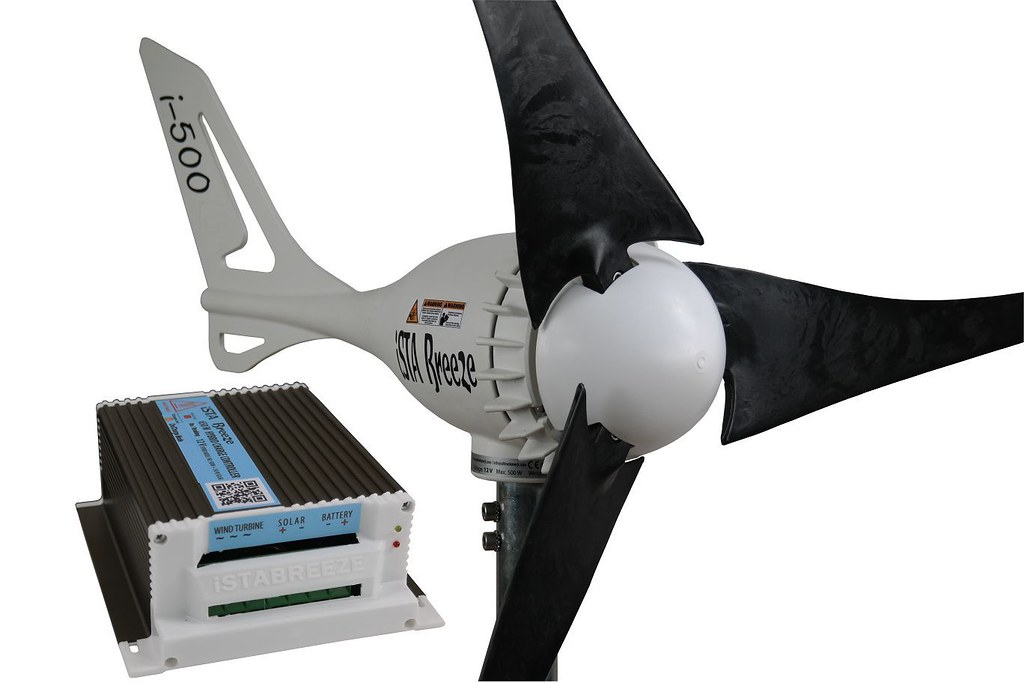Hello Folks,
Recently I acquired a small 12v 500watts wind turbine with all the goods (charge controller, dump load, etc), but the pole for the the installation as is normally the case. The wind turbine came straigh from Germany to my door, the following:

I never built a pole before, and this will be a large one (over 14 ft). Since they do not sell pre-fabricated poles for wind turbine for the general public, I am planiing on making one out of 2 1/2 galvanized steel pipes (normally used for fences) by coupling smaller ones together. It seems that digging a 1 meter hole (below freezing line) and use regular pre-mixed concrete (two bags) would suffice (or would be a need to anchor it to the ground with a different support system). The upper portion of wind turbine pole will also be attached and thus supported to a building/structure (back of the garage) as shown on the sketch below:

I realize that the wind turbine represents a mechanical load on its support system, so was wondering how to best approach this case. Also, any hints about where to buy the support strap for the upper portion of theh pole?
thks
Recently I acquired a small 12v 500watts wind turbine with all the goods (charge controller, dump load, etc), but the pole for the the installation as is normally the case. The wind turbine came straigh from Germany to my door, the following:

I never built a pole before, and this will be a large one (over 14 ft). Since they do not sell pre-fabricated poles for wind turbine for the general public, I am planiing on making one out of 2 1/2 galvanized steel pipes (normally used for fences) by coupling smaller ones together. It seems that digging a 1 meter hole (below freezing line) and use regular pre-mixed concrete (two bags) would suffice (or would be a need to anchor it to the ground with a different support system). The upper portion of wind turbine pole will also be attached and thus supported to a building/structure (back of the garage) as shown on the sketch below:

I realize that the wind turbine represents a mechanical load on its support system, so was wondering how to best approach this case. Also, any hints about where to buy the support strap for the upper portion of theh pole?
thks




